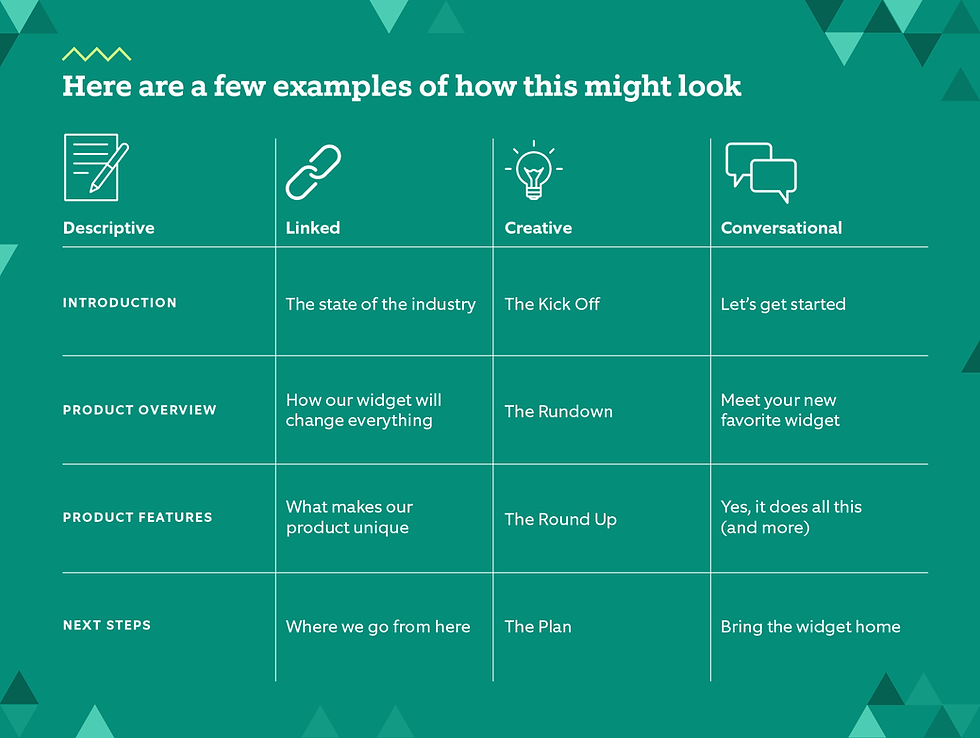3 ways to start telling better stories in presentations
- Kyle Kartz
- Sep 9, 2024
- 2 min read
Updated: Jul 16

There’s more to a great PowerPoint than just good design. If you want to make stronger, more lasting impressions on your audience, adding presentation storytelling techniques to your skillset is one of the best ways to do it.
To tell better stories in presentations, speak to your audience
It’s common advice to understand your audience when you’re writing a presentation. Lots of experts, including us, will tell you to think about their needs and wants, to speak in their language, and to respect their knowledge and time, amongst other tips. But once you gather that information, how do you actually put it into use? This is where storytelling comes into play.
Following our storytelling guide, you can use the features to benefits technique and translate your key points into messages that are directly relevant to your unique audience.
Here are a few examples of how this might look:

Add some personality
In our everyday lives, we constantly communicate through stories. We tell people what we did that day, we talk about our plans for the weekend, or we just make up some jokes while chatting with coworkers. All of those things are stories, and all of them are understood by all.
So sometimes, presentation storytelling can be as easy as using more conversational language, particularly when compared to the earnest formality of business jargon that typically dominates presentations.
You could also consider "micro-stories" as a way to emphasize key slides or ideas. In this technique, you are using the story approach on a single piece of information, rather than across your entire presentation. It's a simple way to elevate key content without blowing up your entire presentation.
Expand your thinking
Analogies and comparisons are powerful ways to help people understand an idea. By bringing in outside references and connections, your key messages become linked to a larger idea, helping it more effectively reach the room. These sorts of unique additions also help to make your presentation more unique, and take on a more personalized feel.
The best way to do it is just to start looking at stories wherever you see them. Think about the structure of your favorite shows or movies. Think about how authors convey information without coming out directly and stating it. Check out presentations from different industries to see how other folks approach storytelling.
And these are just the start. As you get the hang of using storytelling techniques, you’ll find little tips and tactics to tell better stories in presentations that work for your style. So start practicing, start using stories in your presentations, and start seeing the results from your audience today.
Update (03/24): we’ve revised this article to add some new details on best practices for storytelling in presentations
Looking for more information about presentation skills and beyond? Check out our resources for expert advice and tested strategies.
About the author
Kyle Kartz is the Creative Director of Storytelling at VerdanaBold. He is an expert copywriter and strategist, with experience driving major campaigns for global brands in multiple industries. He is passionate about communications, the outdoors, and cooking.



